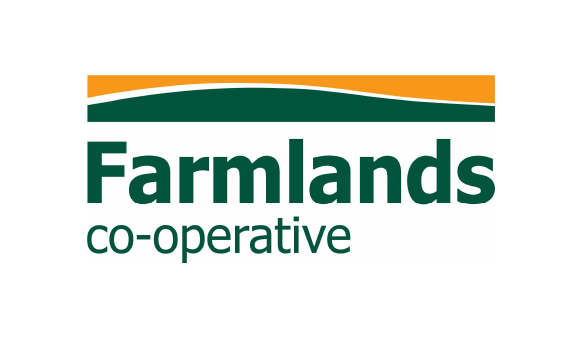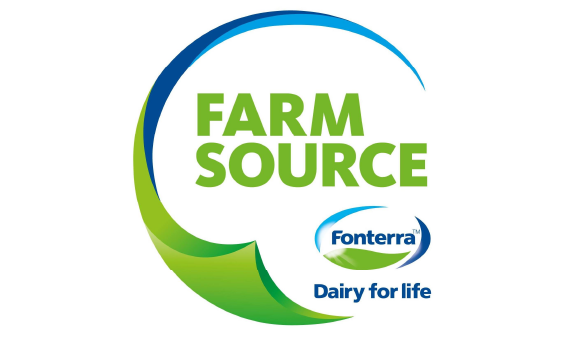Don’t miss this important opportunity to optimise your agribusiness supply chain
Watch now!
This event has now finished. You can watch the webinar below. Slides are available here.
Product Master Data
Increased and consistent Product Master Data (sometimes called ‘catalogue data’) is becoming more critical for trading. Previously, product data was primarily used for procurement and supply chain purposes. The exchange of data between suppliers/manufacturers/importers and the merchants was manual (paper), primitively electronic (emailed spreadsheets), of inconsistent quality and non-standardised.
This created duplication of effort from the suppliers (with proprietary formats being required by their trading partners) and often resulted in poor quality data for ecommerce processes, decision making and analytics.
Increasingly in today’s trading environment, an expanded range of product attributes is required to support:
- Buyers’ ever-increasing appetite for information
- Regulatory compliance (e.g. dangerous goods)
- Traceability
- ‘Direct-to-screen’ online processes (e.g. features/benefits/images/product data sheets/instructional videos delivered direct to an ecommerce website)
If different merchants require this data from suppliers in a different format, using different code lists, using different methods of exchange and data ingestion, this will introduce complexity and waste time for suppliers. It is recognised by the merchants that baseline product master data is fundamentally not a basis for competition – it is what is done with the baseline data that enables competitive advantage.
What sort of product data is being discussed?
Generally product master data attributes required for trade purposes can be organised into groupings related to the attributes:
- Product Identification e.g. Global Trade Item Number (the ‘barcode number’), product classification
- Description e.g. brand, sub-brand, variant, unit-of-measure etc
- Logistics e.g. packaging configurations, dimensions
- Consumer information e.g. Unique Selling Propositions, POS description, claims
- Dangerous/Hazardous goods e.g. DG class, segregation requirements
- Packaging information e.g. packaging material, recyclability
- Functional characteristics e.g. length of flex, ingredients
- Certifications e.g. Energy Star ratings
- Price e.g. list price, volume breaks, regional pricing
- Country of origin
- Warrantee
- Regulatory information e.g. MPIs’ ACVM register number
- Binary information e.g. photos, material data safety sheets, instruction booklets, videos
- Contact information
- Dates e.g. availability dates
- Composition data e.g. ingredients
- Other label information e.g. instructions for use






